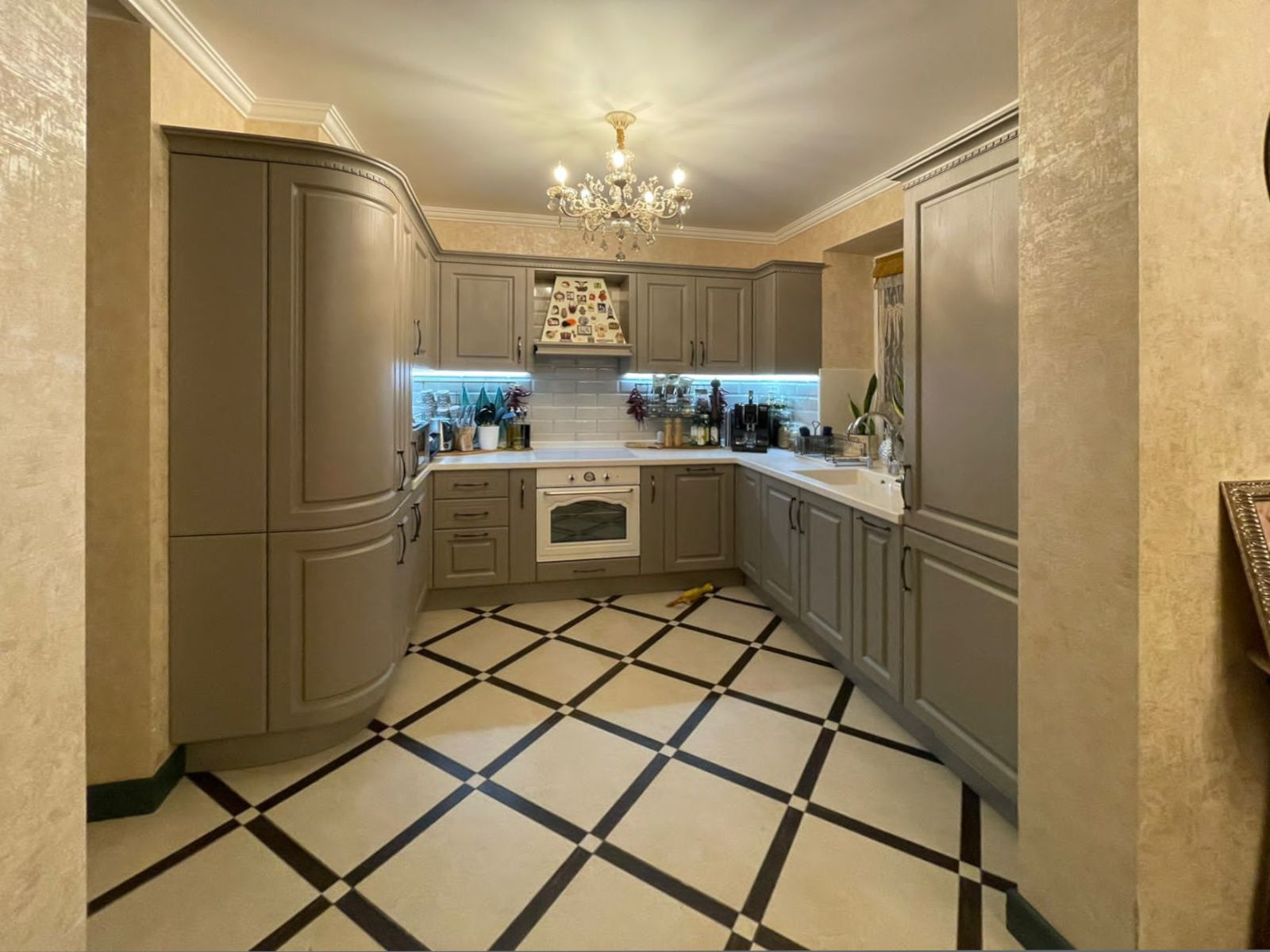
Introduction to Culinary Spaces Reinvented
The world of gastronomy is continuously evolving, and with it, the spaces where food is prepared and enjoyed. The latest trends in culinary spaces are a testament to the fusion of functionality and aesthetics, integrating innovative design with the changing needs of both home cooks and professional chefs. This reinvention is not only a response to emerging culinary styles but also to the desire for more engaging and interactive food experiences. In this article, we will explore how culinary spaces are being transformed, infusing creativity and modernity into the heart of homes and restaurants alike.
Integrating Technology with Function
As technology advances, so does the kitchen landscape. From smart ovens that can be controlled via smartphone to AI-powered appliances that learn from user preferences, culinary spaces are becoming high-tech havens. This integration of technology streamlines cooking processes, making food preparation more efficient and precise. It also opens the door to new possibilities in recipe creation and execution, allowing chefs and home cooks alike to push the boundaries of traditional cooking.
Nature-Inspired Designs
Another significant shift in culinary spaces is the move towards nature-inspired designs. This trend emphasizes natural lighting, the incorporation of plant life, and the use of sustainable materials. The result is a cooking environment that not only looks good but feels good, too, with an atmosphere that promotes wellbeing and inspiration. These eco-friendly kitchens mirror the increasing focus on sustainability and conscious living that is prevalent in today’s society.
Spaces That Encourage Social Interaction
Culinary spaces are being reconceptualized to accommodate social interaction. The kitchen has always been considered the heart of the home, and its design is now reflecting its role as a gathering place. Open floor plans, communal tables, and interactive cooking stations encourage participation and communication among family and guests, making the act of cooking and dining a shared experience. In professional settings, chefs are breaking down walls, literally, with open kitchens that allow diners to watch and interact with the cooking process.
Flexible Spaces for a Dynamic Culinary Experience
Flexibility is a hallmark of modern culinary spaces. Equipment on wheels, retractable surfaces, and multi-functional tools enable the kitchen to adapt to various needs and occasions. For home entertainers, this means being able to reconfigure the space to host everything from intimate dinners to large parties. For restaurants, it provides the opportunity to modify the layout based on service demands or to host cooking classes and other events. The ability to pivot and adjust has become an essential feature of contemporary culinary spaces.
Embracing Culinary Education and Professional Development
Educational elements are becoming a staple in kitchen designs, with spaces being built to accommodate culinary classes and workshops. These educational areas are equipped with state-of-the-art appliances and ample workstations to provide hands-on learning experiences. This trend points to a growing interest in culinary arts and the desire to develop cooking skills, whether for professional advancement or personal enrichment.
Conclusion: The Future of Culinary Spaces
The reinvention of culinary spaces is an ongoing journey, shaped by technological innovation, a burgeoning interest in sustainable living, and a desire for social connectivity. As we continue to witness the transformation of kitchens and dining areas, one thing is clear: these spaces will remain an integral part of cultural and personal expression. By embracing change and fostering creativity, the future of culinary spaces looks vibrant, inclusive, and full of delicious possibilities.